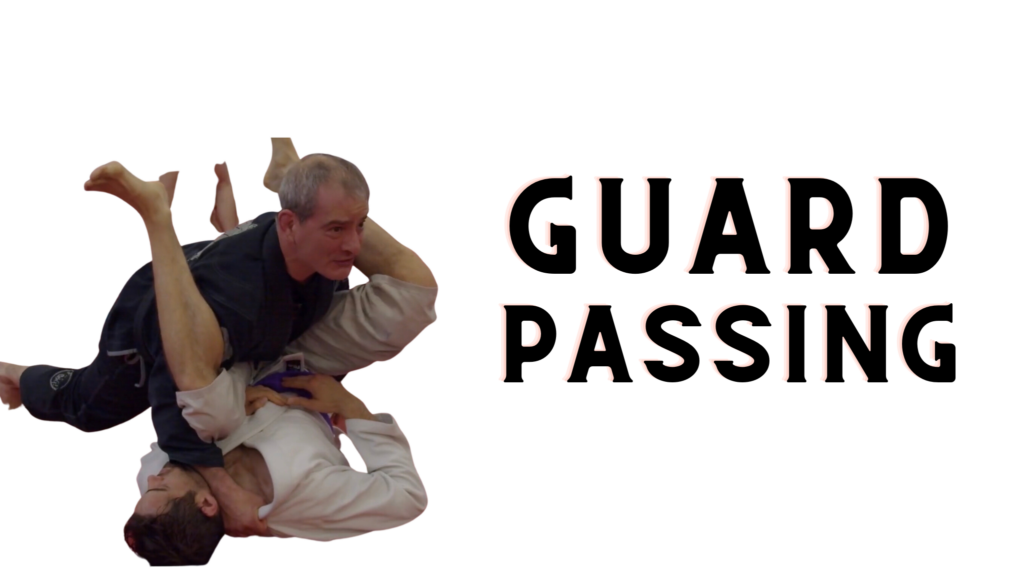In the intricate world of Brazilian Jiu-Jitsu (BJJ), passing the guard is a fundamental skill that separates novices from seasoned practitioners. The guard, a defensive position where one player wraps their legs around the opponent, can be a formidable barrier. In this guide, we’ll delve into the art of passing the BJJ guard, exploring techniques, strategies, and the importance of mastering this essential aspect of ground fighting.
Understanding the Guard:
- The Defensive Fortress: The guard is a powerful defensive position in BJJ, offering the practitioner the ability to control the distance, neutralize attacks, and launch counter-offensives. To succeed in passing the guard, one must first understand the guard player’s objectives and potential submissions.
- Types of Guards: BJJ features various guard styles, including the closed guard, open guard, and spider guard, each requiring unique approaches for effective passes. Recognizing these different guards is crucial to developing a well-rounded passing game.
Essential Guard-Passing Techniques:
- The Knee Slice Pass: A staple in guard passing, the knee slice pass involves skillfully sliding one knee across the opponent’s thigh, effectively “slicing” through their guard defenses. Proper weight distribution and hip control are key components for success.
- Torreando Pass: The torreando pass focuses on using lateral movement to pass the guard. By controlling the opponent’s legs and maintaining an upright posture, the passer can navigate around the guard, opening up opportunities for positional dominance.
- Leg Drag Pass: This pass involves manipulating the opponent’s legs to the side while maintaining control over their upper body. The leg drag pass is effective in countering open guards and creating vulnerabilities for advancement.
Strategic Considerations:
- Control and Patience: Successful guard passing requires control and patience. Rushing into a pass without establishing control can lead to counterattacks. Practitioners must patiently work to break down the guard player’s defenses before executing a pass.
- Grip Fighting: Grip fighting is a critical aspect of guard passing. By controlling the opponent’s grips and disrupting their defensive posture, the passer gains a significant advantage in navigating through the guard.
- Weight Distribution and Angles: Understanding the dynamics of to use your weight will be an important part of keeping pressure on your opponent as well making the opponent do more work on the bottom. With using your weight at different angles you will be able to counter certain frames that an opponent decides to use.
The Importance of Guard Passing in BJJ:
- Advancing Positions: Guard passing is the gateway to advancing positions in BJJ. Successfully passing the guard opens up opportunities for side control, mount, and back control, where the passer can apply submissions and control the pace of the match.
- Scoring in Competitions: In BJJ competitions, passing the guard is a scoring criteria, earning points that contribute to overall match success. A well-executed guard pass not only positions the passer for potential submissions but also enhances their standing in the eyes of the judges.
Conclusion:
Passing the BJJ guard is both an art and a science, requiring a deep understanding of technique, strategy, and timing. As practitioners hone their guard-passing skills, they unlock the potential for positional dominance, submissions, and ultimately, success on the mats. Whether you’re a novice exploring the intricacies of BJJ or a seasoned grappler looking to refine your skills, mastering the art of guard passing is a journey well worth undertaking. Elevate your ground game, break through the guard, and open the door to new possibilities in the world of Brazilian Jiu-Jitsu. #GuardPassingMastery #BJJTechniques #GroundGameDominance 🥋💪

